In 1971, when Ray Tomlinson invented electronic mail, or email as we know it today, as a means of communication between machines, little would he have imagined its hidden possibilities, especially in marketing. With a whopping 347.3 billion emails sent and received per day, emails connect businesses and people worldwide and are one of the most effective marketing tools available. A 2023 Square Future of Commerce report states that 60% of consumers who love hearing from businesses listed email as their preferred method. Customer relationship is the cornerstone of your business strategy. As a WooCommerce store owner, there is no better way to build it than through emails, provided you use them sensibly and sensitively.
However, these numbers also suggest something else. Yours will not be the only email in the customer’s inbox. So, customers will only find your emails amusing if they offer something meaningful and beneficial. Bombarding your customers’ inbox with a gazillion emails carry the risk of losing valuable customers.

So let’s find out how to ensure your emails reach the customer in good taste and yield the desired results.
First things first
Before moving to the crux of the topic, let’s quickly discuss a few important terms that will pop up in this blog occasionally.
- Call-To-Action(CTA): This term refers to an action you want the customer to take. A CTA will be in the form of a button with a direct link to complete an action. The action could be anything from ordering an item to signing up for a newsletter, depending on the purpose of your email.
- Open rate: This term indicates the number of people who have opened emails from a particular campaign. Open rate = number of people who opened the emails÷number of people who received it
- Click-Through Rate(CTR): Indicates the number of people who have clicked on a CTA, hyperlink, or any other attachment in your email.
- Conversion rate: Indicates whether users have completed the action in an email CTA. Higher conversion rates are an indicator of an effective marketing campaign. Conversion rate = number of conversions÷number of clicks
- Cross-sell: In cross-selling, you recommend products that will complement the one’s a customer has already purchased.
- Upsell: In upselling, you recommend expensive products and upgrades to your customers
Types of WooCommerce Emails
We can broadly categorize WooCommerce emails into Transactional and Marketing emails.
Transactional Emails
These emails are triggered in response to an action from the user’s end. These emails are one-to-one and have one sender and one recipient, making them different from bulk marketing emails. WooCommerce has a set of built-in transactional emails which are triggered when a customer performs a specific action :
- Order On-Hold: Inform customers if their order is on hold.
- Order Processing: Triggered after completion of an order and contains order details.
- Order Completed: Sent after shipping the order.
- Order Refunded: Informs the customer about a refunded order
- Customer Invoice: Contains order information and payment links.
- Customer Note: Sent when a customer note is added to the dashboard.
- Password Reset: Triggered when the customer makes a password reset request
- New Account: Sent to the customer upon creation of an account.
How Important Are Transactional Emails?
Transactional emails are more important than they seem, as they communicate crucial information to the customers. For instance, if a customer has requested a refund, notifying him of the same through email is unavoidable if you want to keep the store running. These emails generally have an open rate of 80-85% which indicates that customers expect them.
So it is crucial to customize them to create emails that showcase your brand and your products aesthetically. However, the default WooCommerce emails are devoid of any aesthetics. So if you want your emails to make an impact, plugins like Email Customizer from Themehigh offer plenty of ready-to-use templates to help you create emails of your choice.
How To Use Transactional Emails To Boost Sales?
Yes, you heard that right! Though there is a dedicated email category for marketing, you can also use transactional emails to promote your products. Wondering how? Upsell and cross-sell! Let’s take an order confirmation email, for example. This email contains the list of items a customer shopped for. Now that’s some solid data at your disposal, which you can leverage to cross-sell and upsell relevant products.
Marketing Emails
These emails are purely commercial and are intended to boost sales by mass communicating identical content to a large audience. Refraining from relying on marketing emails might push you behind competitors, however sending too many might eventually or even instantly land your emails in the spam folder.
Transactional emails are generally not categorized as spam under most laws and regulations. But marketing emails, on the other hand, is an area where you should tread with caution because, more often than not, these emails are the culprits behind the users hitting the unsubscribe button. Around 23% of shoppers find marketing emails annoying and categorize them as spam. They can either make or break your business based on how you use them. Let’s look at some essential marketing emails which you can effectively use in your email communication:
- Welcome mails
- Cart abandonment emails
- Review emails
- Newsletters
- Promotional mails
- Referral mails
- Re-engagement emails
Cart abandonment emails, welcome emails, and review emails are often included under transactional emails as they are targeted and user-specific. However, rules and regulations in certain countries categorize them as marketing emails. Marketing emails should comply with laws and regulations like GDPR and CAN-SPAM Act. Different countries have different rules, so what’s acceptable in one country might not be acceptable in another. It’s essential to carefully consider these aspects before sending any email.
WooCommerce has no built-in emails for marketing. But you can use plugins like MailChimp to create them. Let’s look at some examples of marketing emails to understand how to use them to your advantage.
Welcome Emails
Welcome emails mark the first stage of communication between you and your customer. They create the first impression about your store, products, brand strategy, and brand value. Welcome emails open the doorway to your future communication with the customers. So it’s essential that you hit it right!
If you assumed that welcome emails might be lost on your customers, let me show you some numbers proving they are not. Welcome emails have an open rate of 50%. Their conversion rate is also far higher than other automated e-commerce emails. 74% of customers expect welcome emails when they subscribe to a store. That sure is a significant number. So that’s all the more reason why you should draft them wisely.
Welcome aboard!
This welcome email from Sephora uses a very simple template and highlights the perks you will enjoy now that you are a member, which is reassuring for the customers. There is also a CTA to become a beauty insider to enjoy additional perks.
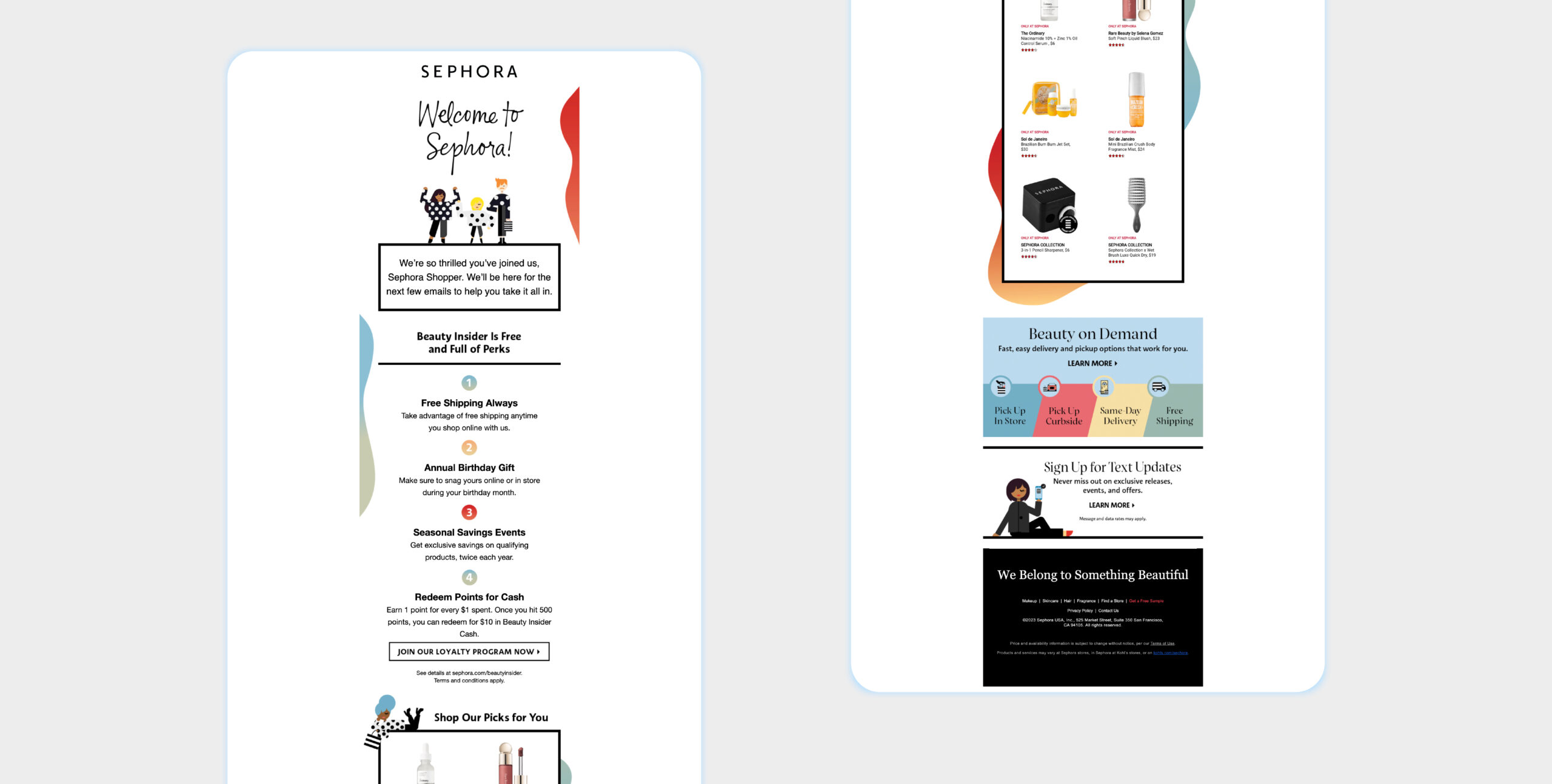
Image source : Sephora
Discounts for the win
A sweet welcome is a great strategy to kick-start your relationship with the customer, but attaching a discount code along with your mail makes it a whole lot sweeter! Let’s admit it, we all crave discounts. So imagine how a customer would feel when they get one right at the beginning of their shopping, like this email by Food52.
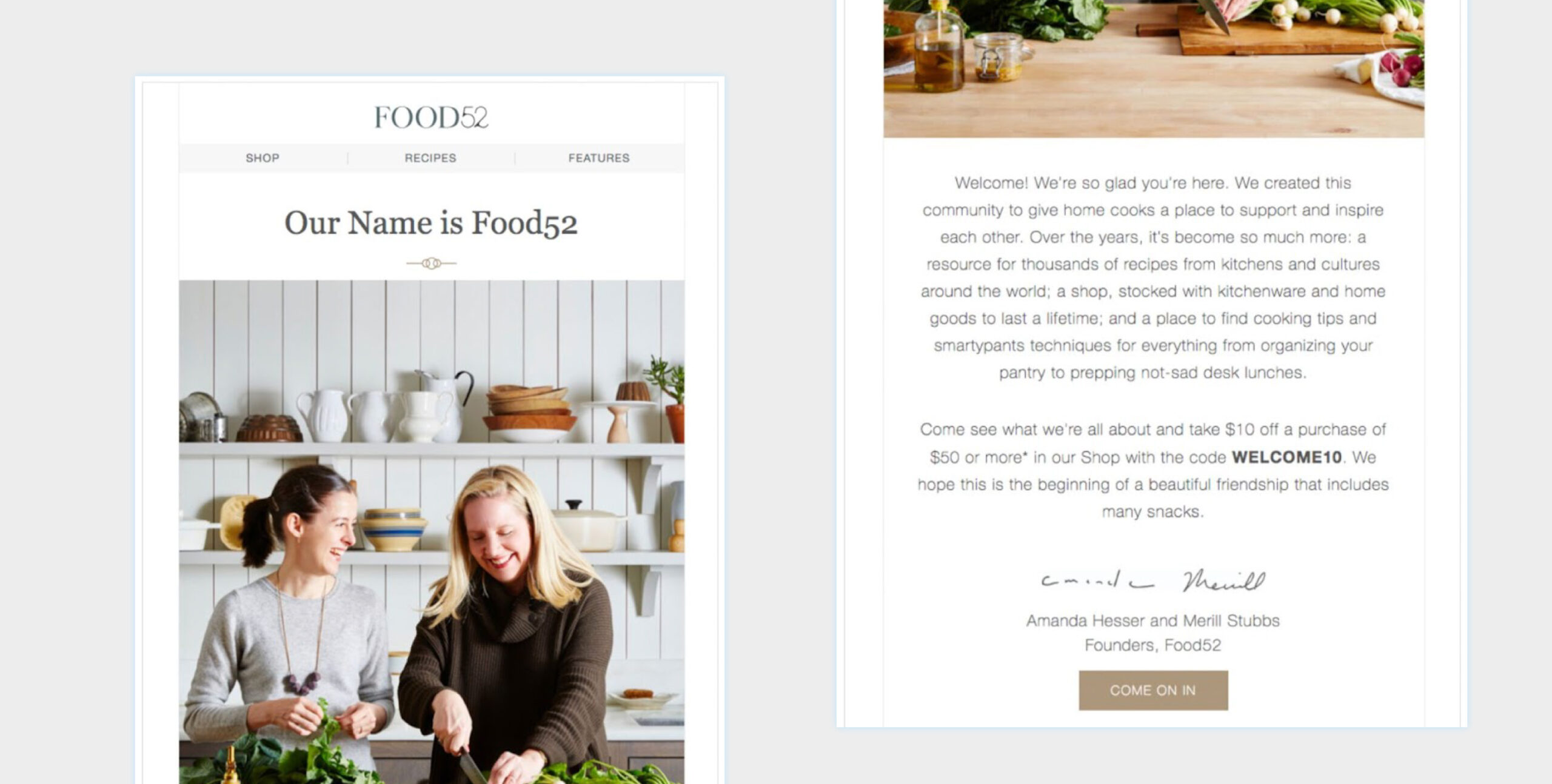
Image source : Food52
This mail also succinctly describes the brand’s journey along with an image of the founders, which invokes a sense of familiarity and warmth. Customers often love hearing your side of the story. Instead of going for a stoic approach, adding a personal touch will go a long way toward creating a loyal niche of customers.
Review emails
Once a customer completes a purchase, one more step is required to meet a WooCommerce store owner’s requirement – a product review. Honest reviews speak volumes about your product and give you further insights about improving your store and, eventually, your sales. Additionally, you can include those reviews in Welcome emails and on your website to showcase your brand’s quality to new customers. So how do you request a review without being pushy? Offer a discount – no points for guessing! For example, a no-frill email like this hits the nail straight on the head.
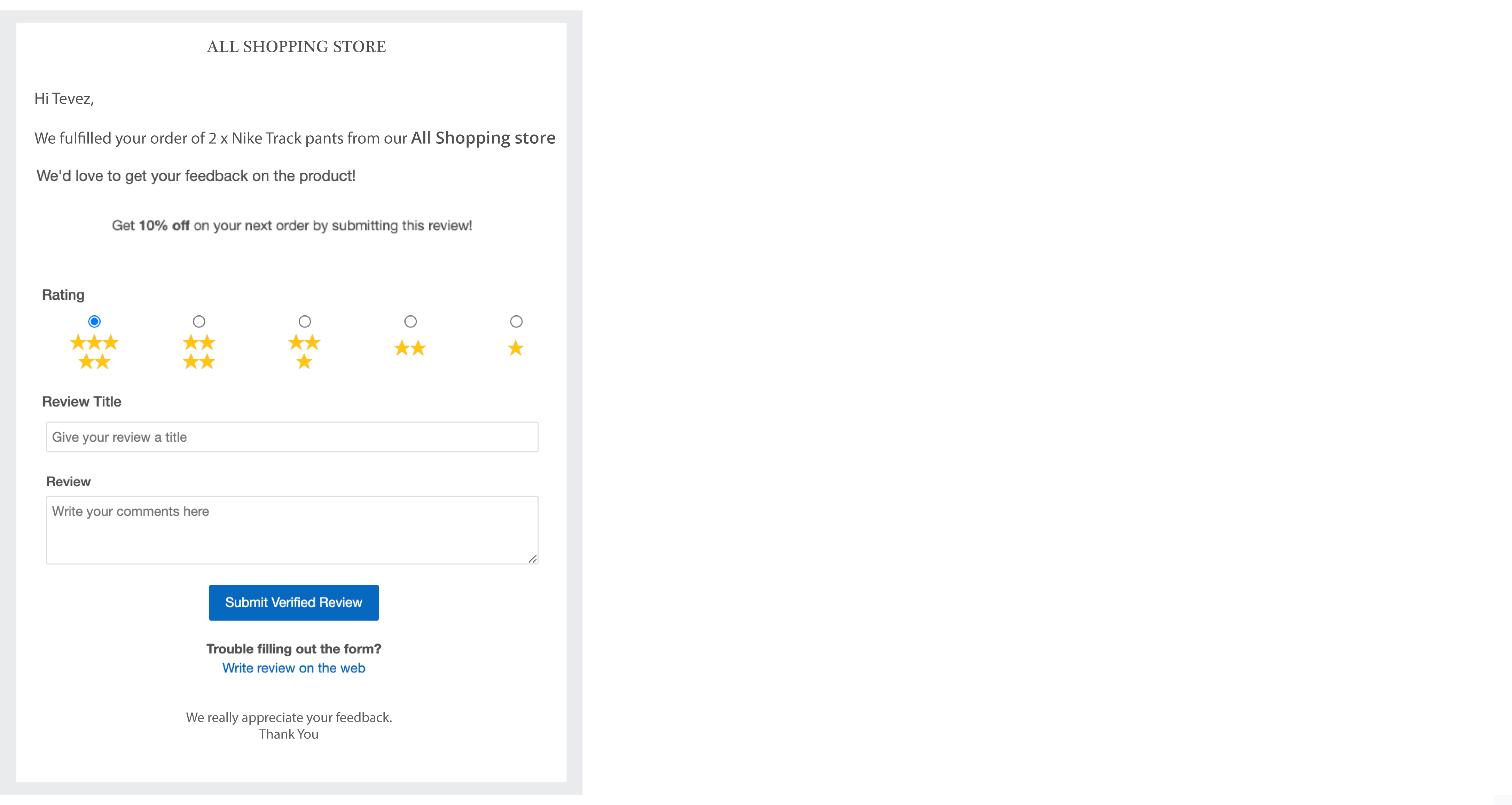
Any customer who gets such an email is bound to get lured by it and would straight away go and write the best review they can and claim the deal while it’s still hot!
Cart abandonment emails
Most online shoppers are guilty of abandoning their carts at least once. There are multiple reasons why people do this:
- They might be casually browsing through websites with no actual plans for shopping.
- High extra costs, which include shipping fees, taxes, and other costs. 60% of cart abandonment happens due to shipping-related reasons
- A complex checkout process and long delivery times also dissuade people from completing their purchases.
- Change of mind during checkout if they don’t find the site trustworthy enough to confide their credit card credentials.
According to Oberlo, in 2023 cart abandonment rate was as high as 72.77% marking an increase from the previous year’s rate of 68.7%. Cart abandonment rates are also higher on mobile devices than on a desktop (around 19% more). Analyzing the reason behind cart abandonment among your customer base will help you mitigate those causes and increase CTR.
Not all cart abandonments are avoidable. For instance, if the customer finds a better product elsewhere, he is not likely to return. However, that doesn’t mean that these emails are a lost cause. Abandoned cart emails have a high conversion rate. Around 45% of abandoned cart emails are opened, and half of these emails receive some live action in the form of completed purchases.
How To Send Effective Cart Abandonment Emails?
According to experts, an effective approach is to send cart abandonment emails in three phases. You can begin by sending a reminder mail within a few hours of abandonment. If the customer fails to respond to the first mail, after 24 hours, you can send a second mail suggesting similar products. This mail from Sephora comes with a catchy phrase and creates a sense of urgency by indicating the possibility of products going out of stock. They have also used the mail for cross-selling to encourage customers to add more items to their cart before checkout.
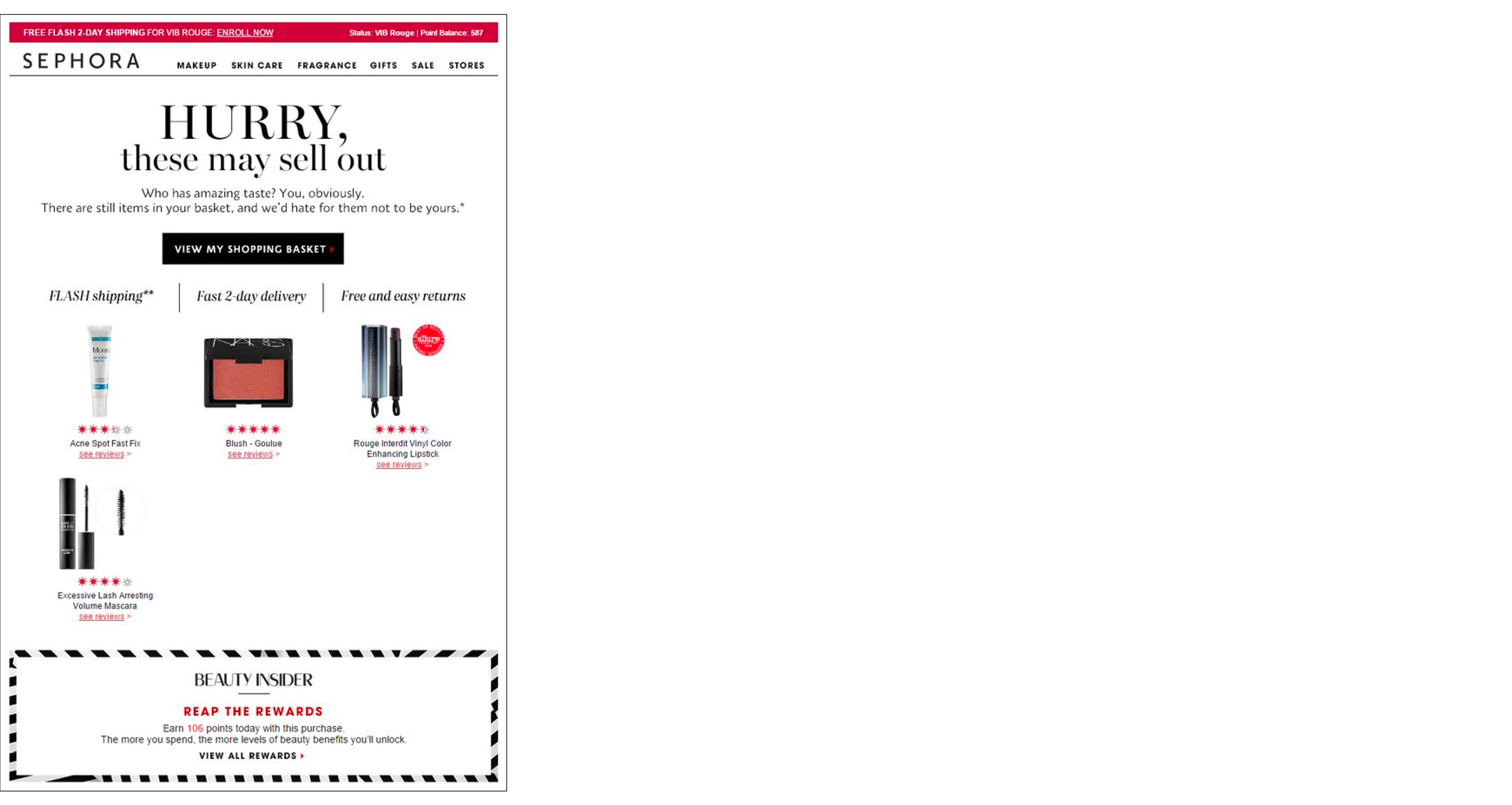
Image source : Sephora
If both these attempts fail, you can offer a discount after three days. If given only for a limited time, discount coupons might yield expected results like this mail from Levis.
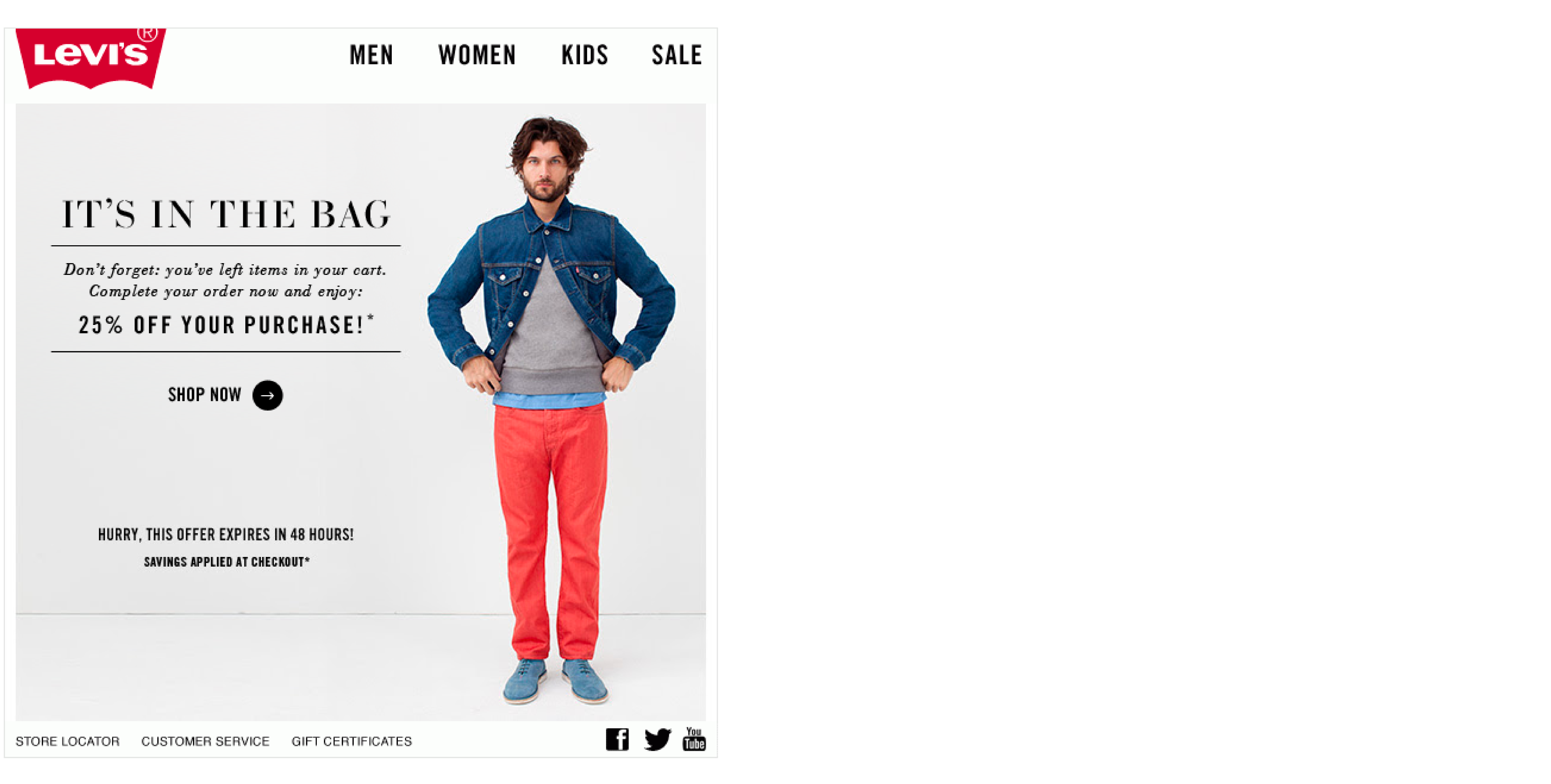
Image source : Levi’s
But limit the number of emails you send to three. Send more than that; you might earn a permanent position in the customer’s spam folder.
Newsletters
Newsletters share breaking news about your firm, announce the latest products, provide tips and guides, and establish a more meaningful and profound connection with your customers. Unlike promotional emails, newsletters tend to be less sales oriented, making them popular among loyal customers. If effectively used, newsletters can also drive your sales. If you run an apparel store, you can include the latest trends and fashion tips, with a CTA to check your latest products.
A suggested technique is to go for a 90/10 ratio by including 90% informative content and 10% sales content. Occasionally, you can also opt for a zero-sales content approach to allow customers to take a breather from constant consumption. Newsletters also help create brand awareness by familiarising customers with your products, logo, name, and other specific elements of your brand.
For customers to engage with your content regularly, you must make them feel they have gained valuable insight from your newsletter. It’s better to highlight what’s relevant to make it easy for them to skim through the content. Along with writing good copy, adding attractive images that complement the content will guarantee more user engagement.
Referral emails
This email strategy is as simple as it gets. You prompt the customer to send a discount code to a friend. In return, they earn benefits in the form of discount codes, reward points, or other gifts. Everybody loves a good offer, no matter the time of the year. Such referral emails strengthen the bond with the existing customer and help you gain new customers.
Re-engagement emails
Every WooCommerce store has its fair share of inactive customers. Re-engagement emails target such customers to try and rekindle their lost interest.
For starters, you can give them offers they can’t refuse. It’s also a common tactic to use phrases like “We miss you” and “Please come back” to try and pique the mushy side of the customers. This email from bareMinerals includes a creative copy and an offer to try winning back the customer with a CTA to engage.
Image Source : bareMinerals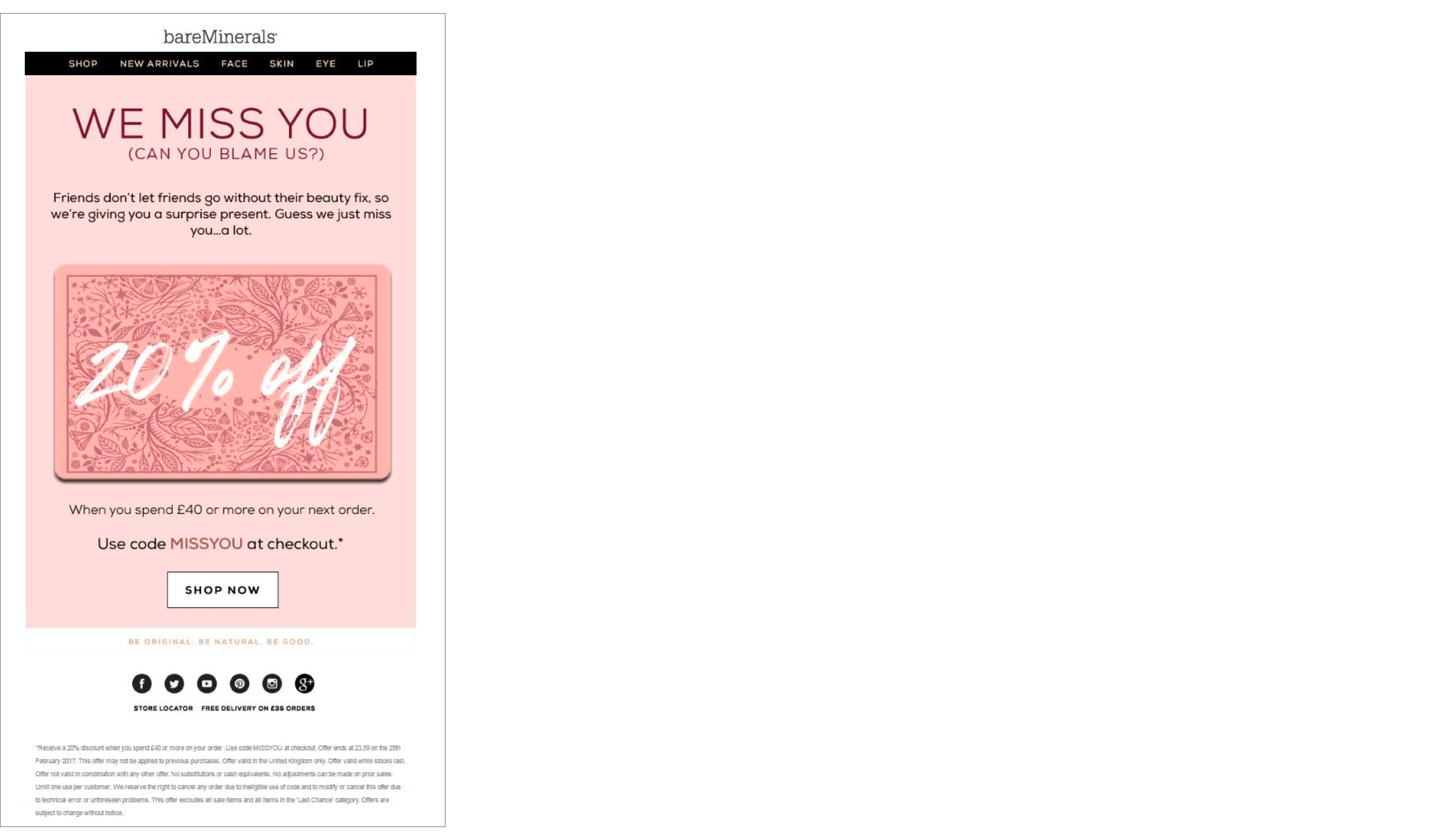
If the customer has been active on your store but dodging shopping altogether, offering discounts based on their viewing history might make them want to re-engage. But if the customer has been neglecting your store, you can show them what they have been missing. This might prompt them to come back.
Image Source : Saks Fifth Avenue
The last and final step is re-permission. Here you ask the customer if they want to continue the communication or choose to unsubscribe.
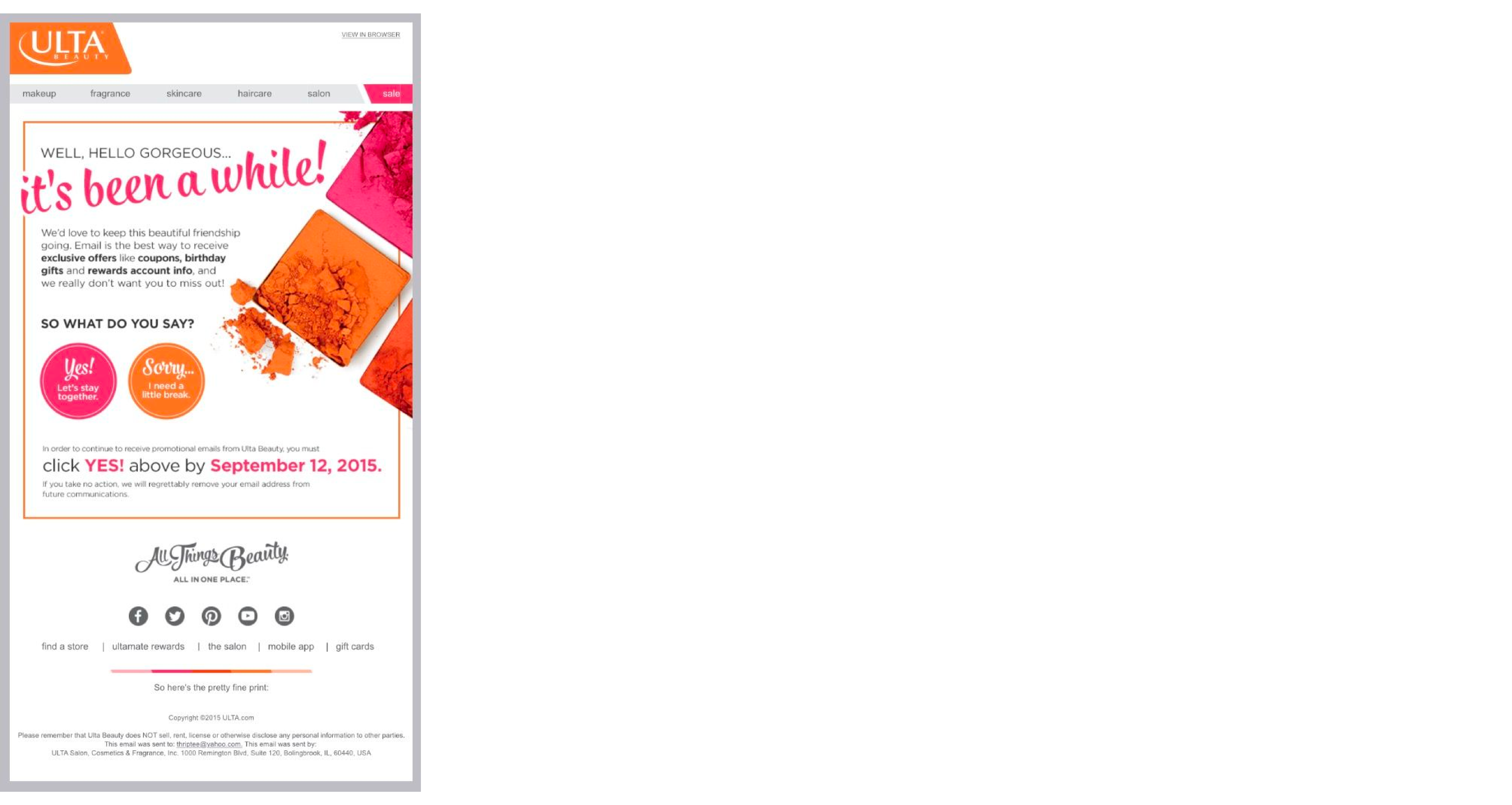
Image Source : ULTA beauty
How To Use Your WooCommerce Emails Effectively – Some Best Practices
- Personalize your WooCommerce emails. Personalization is the key to sending effective WooCommerce emails. Personalization is increasingly taking center stage in email marketing instead of a one-size-fits-all approach. Every customer has a soft spot for beautifully crafted personalized emails. As per Adobe’s statistics, 89% of marketers have seen a positive ROI after implementing personalization in their marketing strategy. According to Sender, 96% of businesses have benefited from personalization. Address the customer directly and curate customized content based on the customer’s likes and preferences.
- Segment your customers into different groups based on purchase history, demographics, interests, and other relevant metrics. This will help you send targeted messages and ensure your emails stay relevant.
- Don’t send a barrage of emails. Not to put too fine a point on it, but nobody appreciates even a remote idea of being spammed. So, send emails only when you have something compelling to offer.
- Avoid no-reply email addresses. WooCommerce emails where a customer cannot reply indicate that you aren’t interested in listening to the customer’s concerns. This will eventually impact the open rates and tarnish your brand’s image.
- Be precise with the date and time in your mail without leaving room for doubt or ambiguity. Be it a dispatch email with details regarding order delivery or emails with disappearing links like a password reset email, avoid using terms like “today” and” tomorrow” and mention the exact date and time instead.
- Always include customer support details, especially in transactional emails. This will make it easier for the customer to contact you in case of queries.
- Use catchy subject lines that instantly grab customers’ attention, prompting them to open your emails.
- Opt for a friendly tone with your emails. But make sure that doesn’t get in the way of creating content worthy of customers’ time and attention.
- Use A/B testing. Send out two different types of the same email to compare and see which one fared better.
Time to Wrap Up
In this era and time, emails are an indispensable feature. So it is essential to create emails wisely and effectively to enjoy its benefits fully. You can always draw inspiration from renowned brands but adopt a strategy that best suits your client base and brand values.




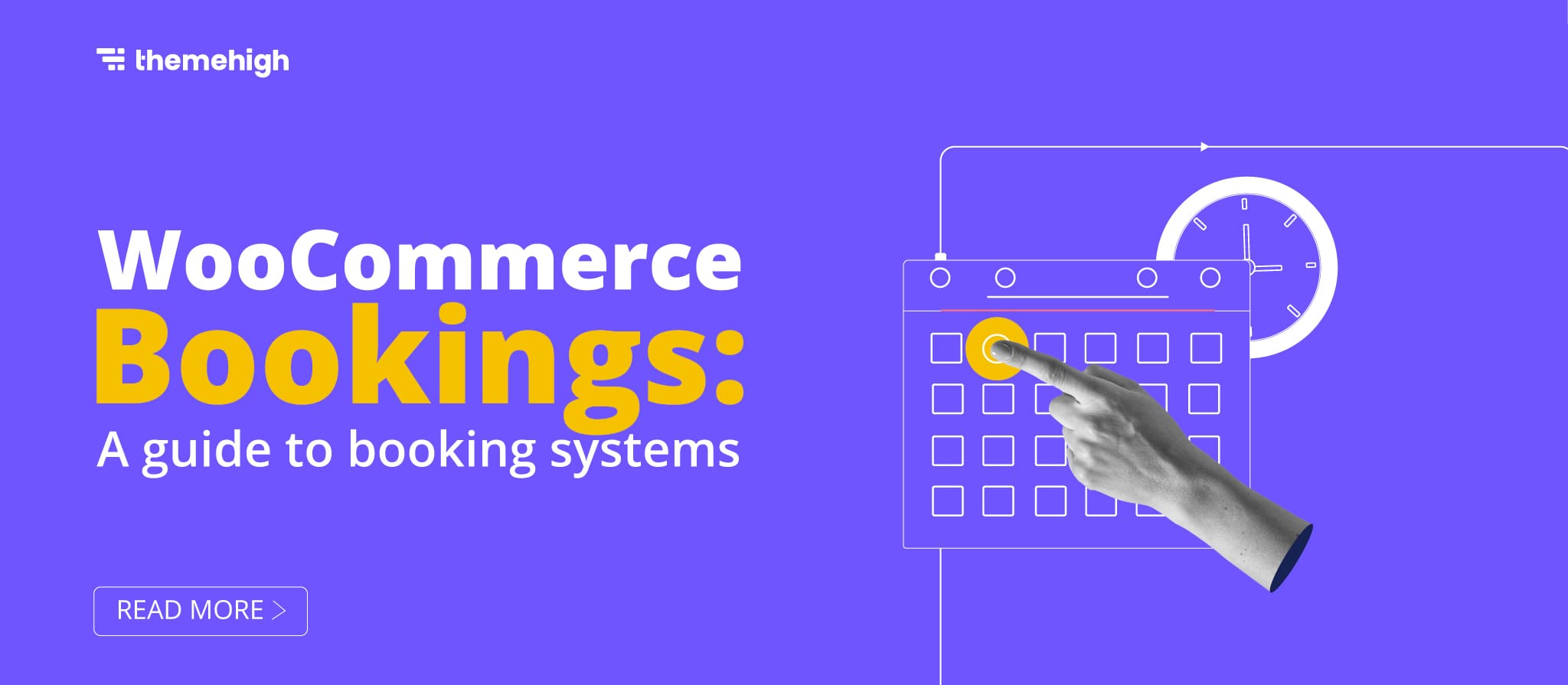

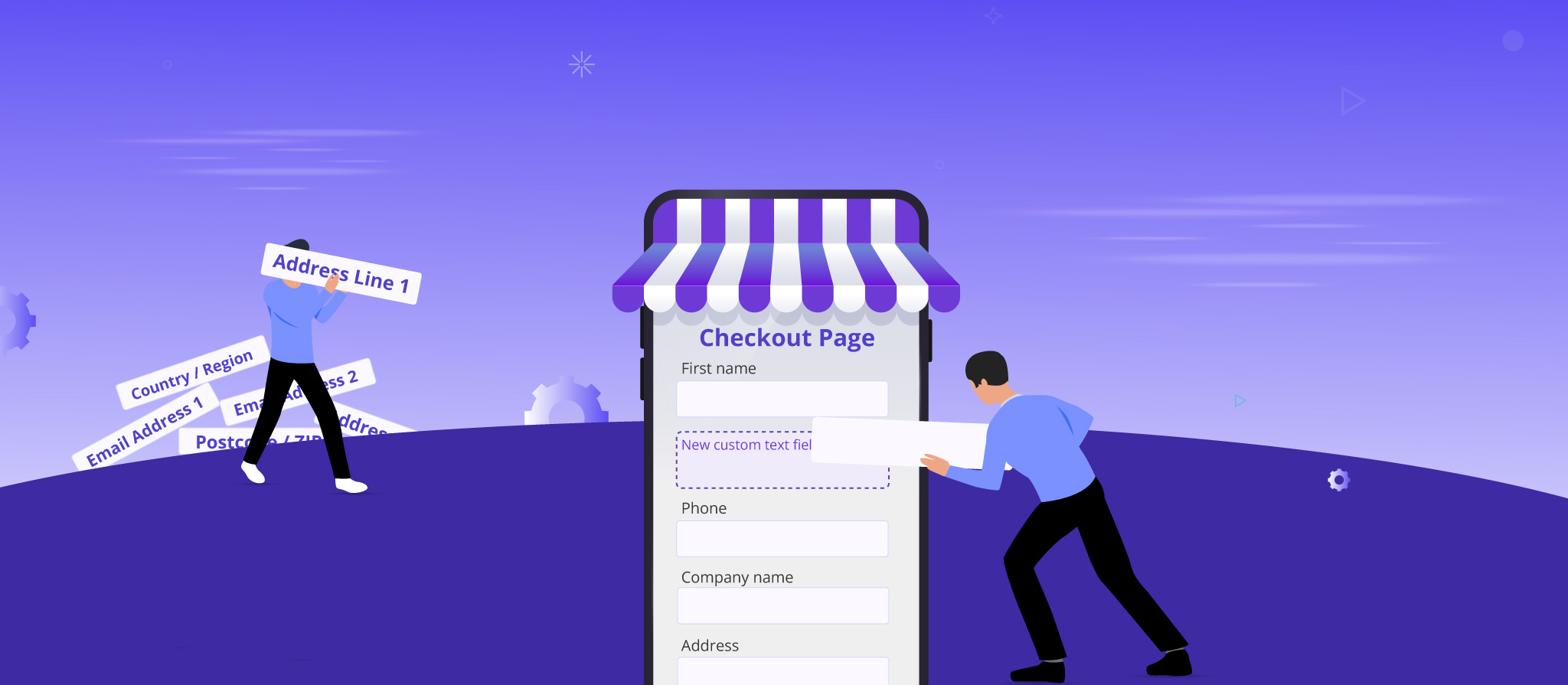



 THANK YOU!
THANK YOU!